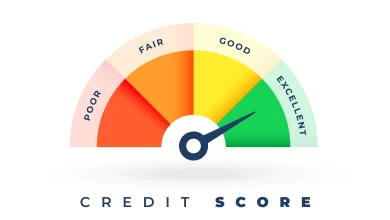
How to Write a Dissertation Table of Contents
A quick guide to understand that how to write dissertation structure. There are many elements of a dissertation, and a table of contents can help you to organize it properly. The table of contents lists each chapter and its heading, along with the page numbers. It can also help your reader navigate through the paper and find specific parts. You can include the figures and tables, as well. You should also include a literature review in your dissertation. There are several things to consider when creating the table of contents.
A Dissertation Table of Contents
A dissertation table of contents is a list of topics within a paper that are organize systematically. It contains the names and titles of the chapters or sections, as well as brief descriptions, page numbers, and other useful information. It enables readers to quickly find information without having to reread the entire document. Properly constructed tables of contents will ensure the reader has a seamless reading experience. There are several things to consider when creating a table of contents.
A quick guide to understand that how to write dissertation structure the first thing to remember when creating a table of contents is that it’s important to check page numbers before you start writing. This is because page numbering can change if your thesis changes significantly. If your dissertation changes frequently, you may need to make changes to your table of contents. Adding or deleting pages can result in an incorrect table of contents that will confuse your readers. If you’re unsure how to format your table of contents, consult a table of contents sample or refer to the online example.
Literature review
The structure of the literature review should be critical and organized according to the thematic areas, methodological approaches, and key debates in the field. The body of the literature review should be coherent and dynamic, and it should also identify gaps in the literature. If you are unsure how to write a literature review, here is a quick guide to help you get started:
The literature review is a detailed discussion of academic sources. It can be organized according to themes, methodologies, or chronological order. It is also important to link arguments to the literature and demonstrate familiarity with the academic research. Do not exclude opposing points, or you will reduce the methodological robustness of your dissertation. It is essential to summarize your sources before you begin writing your own paper.
Appendix
In a dissertation, the appendix is a section of the dissertation that contains detailed information and supports the thesis statement. Appendices can consist of a variety of data, including figures and tables, questionnaires, and maps. They may also contain formulas and pictures. In order to make them easier to reference and understand, they should begin on a separate page. Here are a few tips for formatting the appendix in your dissertation.
when writing a dissertation the appendix title should be formatted similarly to the chapter title, and it should begin on a new page. APA and Chicago style should be used for appendices. While both styles are common, they differ in their style and content. When writing an appendix, make sure you follow the rules and guidelines for each style.
Reference list
There are two main types of references for a dissertation: the Bibliography and the Reference list. You should list each source in alphabetical order by surname, and in chronological order from oldest to newest. When referencing multiple works by the same author, use lowercase letters to separate the entries. Adding the Bibliography and the Reference list at the end of your dissertation can help make it look more professional and streamlined. You should also list all relevant articles and books.
The bibliography is an essential part of your dissertation structure. The bibliography is an extensive list of outside sources that you consulted in your research, and a good reference list not only avoids plagiarism but increases your credibility. Your reference list should follow the APA Manual, although university guidelines may differ. The bibliography should contain the following: author name, title of work, journal or publisher, and year of publication. Different disciplines use different formats for their bibliographies. The most common are APA and MLA styles.
Formatting references
A dissertation is usually comprise of third-party content or in-copyright content. The Office for Scholarly Communication recommends using fair use, which allows individuals to use in-copyright material on a limited basis for certain purposes without seeking permission from the copyright holder. Dissertation materials will post on DASH, Harvard’s open-access repository. In this way, authors do not need to ask permission to use content they have found online or in print.
The APA 6th edition manual contains guidelines on formatting these works. To use this guide, type the references in “hanging” indentation format. This format means the first line of the reference is flush left, followed by a one-paragraph indentation. The author of the dissertation should include the document number, if it is known. A database number may be a web address or a directory address.





